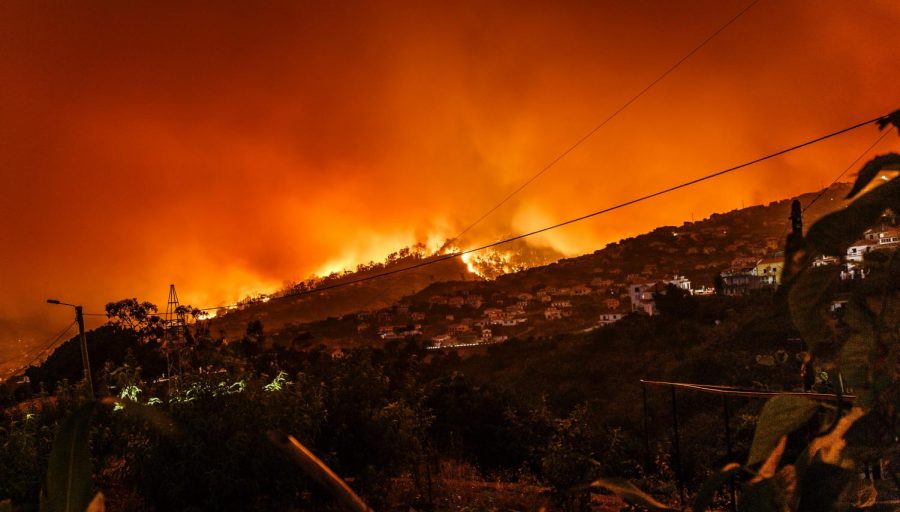Recently, there has been an increase in violent videos trending among social media apps like Instagram, TikTok, and Facebook. These videos, contain various degrees of gore and death, and are consumed by young kids and teens on the platforms. As a result, this young audience is becoming desensitized to real life and traumatic experiences, which not only affects their sense of empathy and outlook on life, but their innocence.
One feature that helps push these violent videos onto a user’s feed is Instagram Reels, which is a constant stream of short, specific videos, that are shown to the user based on the content they interact with the most. However, the algorithm isn’t always accurate, and often, many inappropriate videos, that have high interactions due to shock value, are shown to people outside of the intended audience. On reels it is not uncommon to come across a video of a civilian car crashing into an 18-wheeler which then blows up into flames. One of the many problems with these Reels is, not only are the videos the perfect length for mindless consumption of media, but the shock also felt from watching that terrible accident is quickly forgotten when the user swipes to the next video. This dramatic fluctuation in emotion is not healthy for young kids whose brains are still developing and in the process of learning how to appropriately process emotions.
According to the American Academy of Pediatrics, by 18-years-old, a teen will have seen over 20,000 violent acts or scenes just through television alone. Due to the prominence of the media in these kids’ lives, it has a greater influence over their thoughts and beliefs than their parents and teachers do. With this, the idea that violence is the answer and is able to solve problems gets pushed into young kid’s impressionable minds. Children are very prone to imitation, especially during their formative years, so viewing the violent content is not healthy or safe for a kid’s mind which is still in the process of developing a sense of morality and behavior traits.
When repeatedly exposed to violent and graphic material, such as gory workplace accidents, fatal car crashes, mass shooting videos, and more, the initial shock value and emotional impact slowly lessens. Eventually, these tragic situations are regarded as normal, and the severity of the situation fades away, causing the person to lose their sense of empathy and compassion. The reality of these people’s real-life misfortunes and deaths are lost, as it becomes a meme and a joke to laugh at. With teenagers and kids failing to realize the gravity of what they are laughing at, they contribute to the dehumanization of the victims in the video, and other people who have suffered from similar accidents.
Further studies, done by the new Center on Media and Child Health at Harvard, have shown that repeated and consistent exposure to violent media has many negative effects on a child’s behavior, mentality, and health. There is an increase in bullying, depression, nightmares, and abnormal sleeping habits.
To help prevent further spreading of these videos, users can choose to report the video for violence and harmful messages, as well as clicking on the not interested button so that similar videos are not being suggested. Young kids and teens should also try to limit the amount of time they spend on social media by setting alarms and time limits to help minimize exposure.
















